Benefits of Circuit Training: Turn Your Body into a Machine
When it comes to resistance training, it’s quite easy for individuals to slip into a comfort zone where they complete the same exercises, week in week out. Although, you are likely to maintain your current physique through this method, you will soon reach plateaus in your training where you simply can’t achieve anymore without altering your exercise prescription.
As much as it’s important to constantly change your exercise prescription to keep your target muscles guessing to constantly bring about developments in strength and/ or size, it’s also important to make your workouts fun and enjoyable. If this mental stimulation is not present, you will soon find yourself making excuses to avoid the gym.
So how can you keep your workouts fresh to avoid that Groundhog Day type scenario whilst taking your training to the next level? One potential answer could be circuit training. When utilised effectively, circuit training has the ability to bring about numerous health and fitness advantages. What’s more, you can tailor any workout to meet your exact needs and requirements.
So what is circuit training?
Circuit training is a form of exercise that involves completing a series of different exercises or activities in a sequence, typically with minimal rest in between. Each activity or exercise is performed for a set amount of time or a certain number of repetitions before moving on to the next one.
Normally, this type of training consists of anywhere between 6-12 exercise stations which are put in place to target certain muscle groups and achieve a desired outcome. Having said that, you can work with fewer stations and simply repeat the circuit more times, for example 6 exercise stations each visited on 2 occasions during the circuit. Each station should require you to perform 8-30 or 20 to 60-second repetitions, depending on the exercise goal, before moving on to the next exercise with little or no rest. The amount of times you choose to complete the circuit really depends on your ability to handle pain!
Circuit training offers benefits to three distinct areas of your training, those being muscular strength, muscular endurance and body composition. Let us know consider each of these in a little further detail;
The Benefits Of Circuit Training
1- Muscular Strength
Circuit training has the ability to enhance strength levels within the target muscles. This will depend greatly on your circuits. For example, lower repetitions will bring about greater gains in strength but this must be offset against fatigue levels and rest periods between exercise stations.
2- Muscular Endurance
Your muscle’s ability to perform continual activity over a period of time can be greatly enhanced by circuit training. Similarly to above, this will depend almost entirely on your circuit rules, but aiming for higher repetitions with little or no rest between stations will develop muscular endurance like none other.
3- Body Composition
Circuit training can bring about a direct alteration to your body composition levels due to its intensity requirements. This method of training quickly burns calories and enhances metabolic levels. The exercise selection within your circuit will also directly impact this particular benefit.
4- Increased Calorie Burn
The high-intensity nature of circuit training stimulates the body’s metabolism, leading to an increased calorie burn both during and after the workout. By combining cardiovascular exercises with resistance training, circuit training creates an optimal environment for calorie expenditure, making it an effective strategy for weight management and fat loss.
5- Enhanced Cardiovascular Health
Regular participation in circuit training contributes to improved cardiovascular health by enhancing heart function, lowering blood pressure, and increasing circulation. The combination of aerobic exercises, such as jumping jacks and running in place, with anaerobic exercises, such as squats and lunges, challenges the cardiovascular system, leading to greater endurance and cardiovascular efficiency over time.
6- Comprehensive Fitness Enhancement:
Circuit training offers a holistic approach to fitness by incorporating both cardiovascular and strength-training exercises into a single workout session. In summary, this comprehensive approach allows participants to experience improvements in cardiovascular endurance, muscular strength, endurance, flexibility and overall body composition.
Sample Circuit Training Exercises
Here’s a sample circuit training routine that combines both cardiovascular and strength-training exercises. This routine can be adjusted based on your fitness level and available equipment. Each exercise should be performed for 30 seconds to 1 minute, with 10-30 seconds of rest in between exercises. Repeat the circuit 2-4 times depending on your fitness level and time available.
1- Jumping Jacks (Cardiovascular)
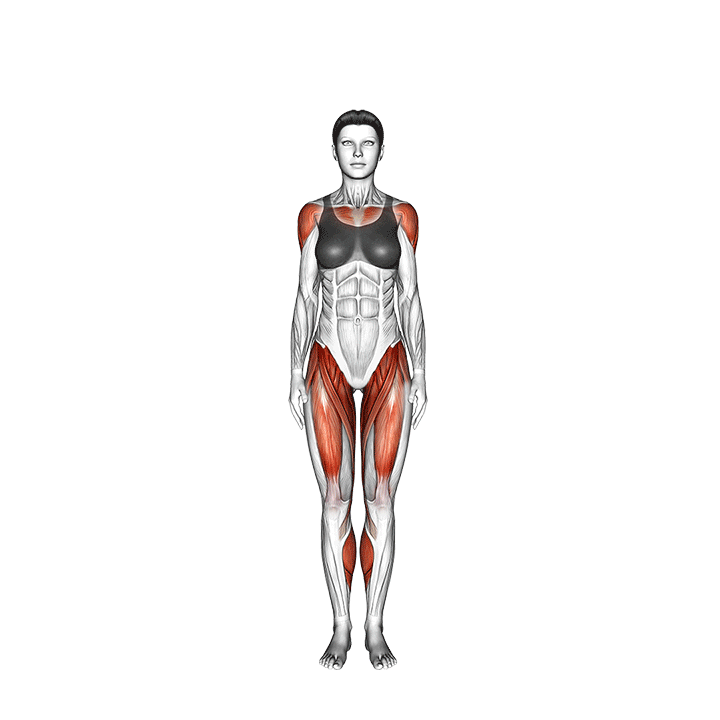
- Stand with your feet together and arms at your sides.
- Jump while spreading your legs out to the side and raising your arms above your head.
- Return to the starting position and repeat.
2- Bodyweight Squats (Strength)
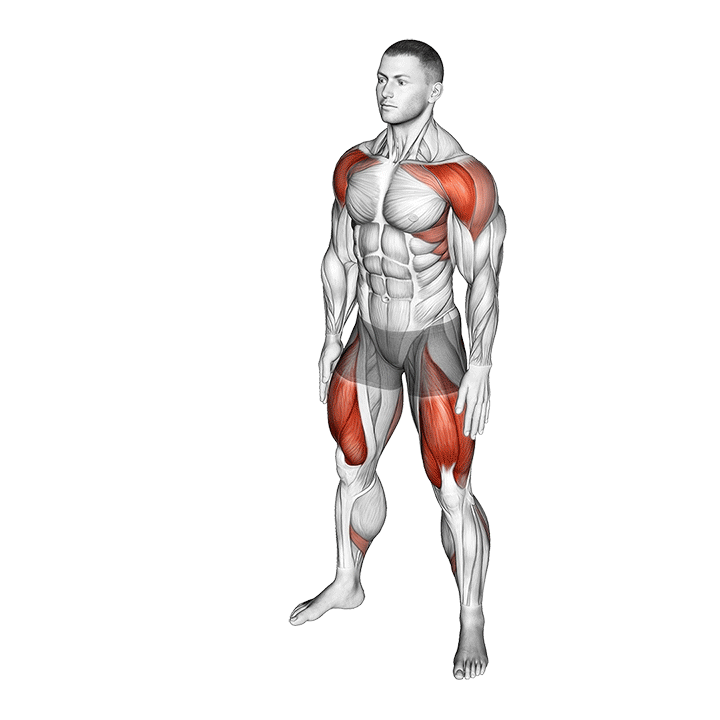
- Stand with your feet shoulder-width apart.
- Lower your body by bending your knees and pushing your hips back as if sitting in a chair.
- Keep your chest upright and your knees behind your toes.
- Return to the starting position by pushing through your heels and straightening your legs.
3- Push-Ups (Strength)
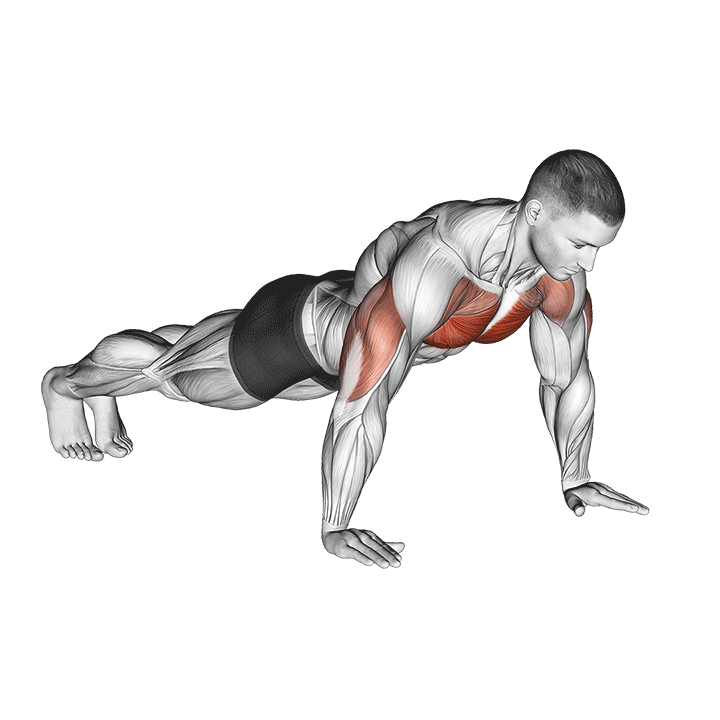
- Start in a plank position with your hands shoulder-width apart and your body in a straight line from head to heels.
- Lower your body by bending your elbows until your chest nearly touches the ground.
- Push back up to the starting position by straightening your arms.
4- Mountain Climbers (Cardiovascular)
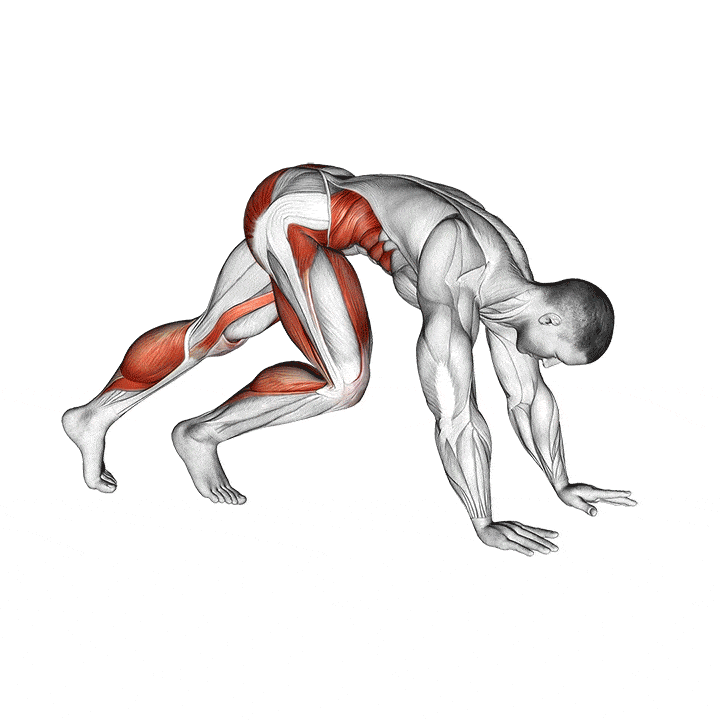
- Start in a plank position with your hands shoulder-width apart and your body in a straight line.
- Alternate bringing each knee towards your chest while keeping your core engaged.
- Move quickly, as if you are running in place while in a plank position.
5- Lunges (Strength)
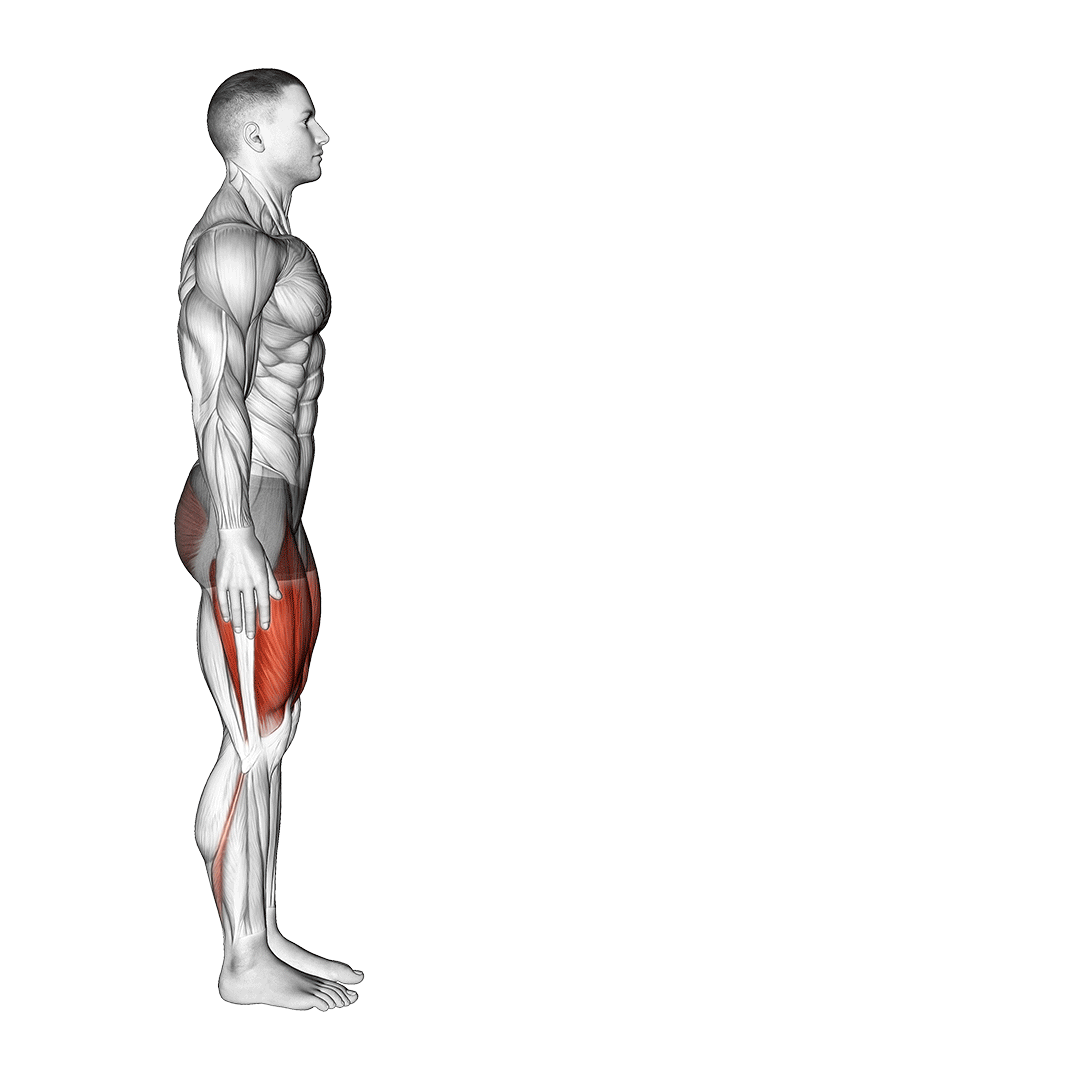
- Stand with your feet hip-width apart and your hands on your hips.
- Step forward with one foot and lower your body until both knees are bent at a 90-degree angle.
- Keep your front knee aligned with your ankle and your back knee hovering above the ground.
- Push back up to the starting position and repeat on the other side.
6- Plank (Core)
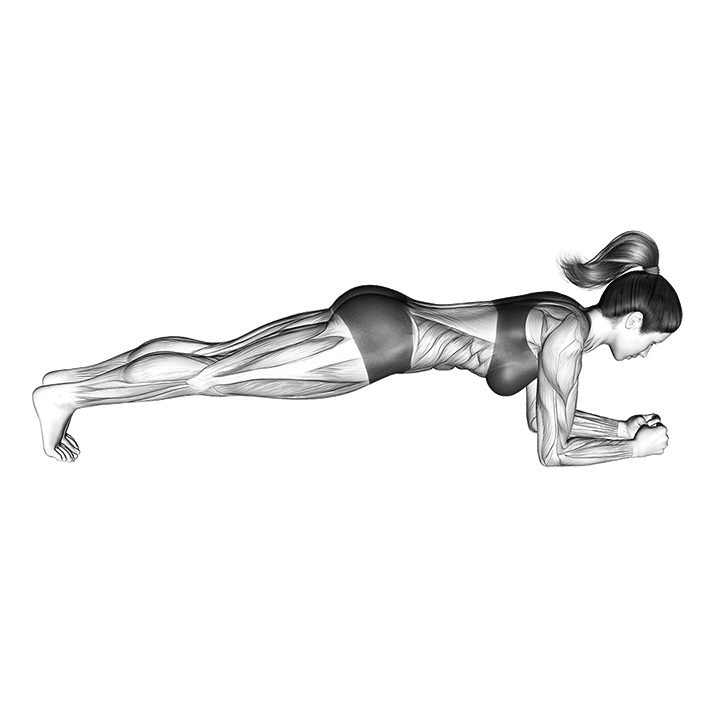
- Start in a plank position with your forearms on the ground, elbows directly below your shoulders, and your body in a straight line from head to heels.
- Hold this position, keeping your core engaged and your back flat.
7- Jump Rope (Cardiovascular)
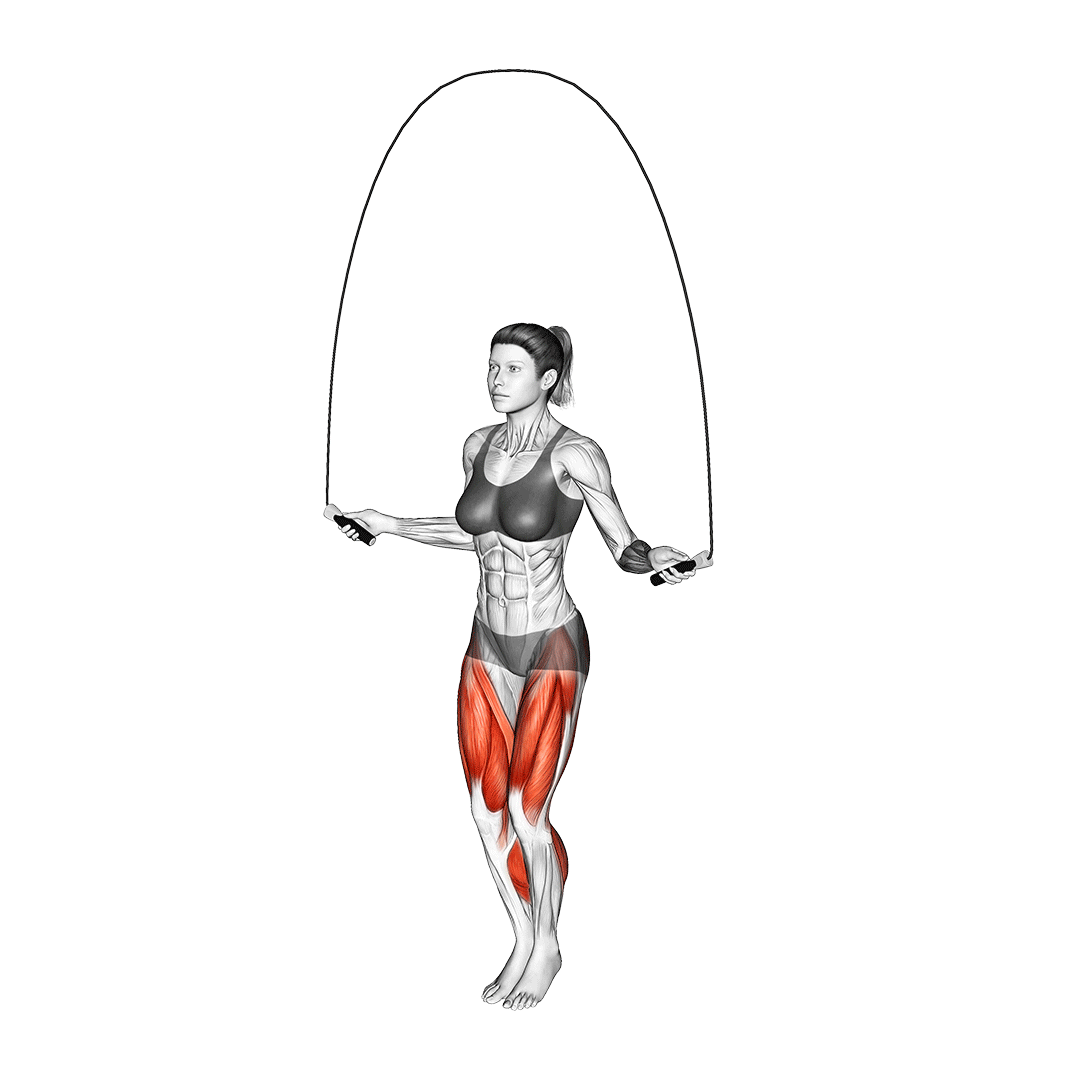
- Grab a jump rope and begin jumping with both feet, keeping your elbows close to your sides and your wrists rotating to swing the rope over your head.
- Maintain a steady rhythm as you jump.
8- Russian Twists (Core)
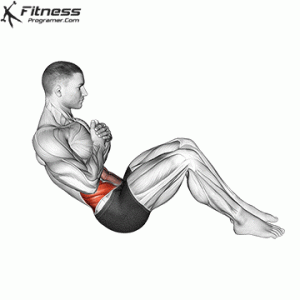
- Sit on the ground with your knees bent and your feet flat on the floor.
- Lean back slightly and lift your feet off the ground.
- Rotate your torso to one side.
- Return to the center and then twist to the other side.
- Repeat this motion while keeping your core engaged.
Remember to warm up before starting the circuit and cool down afterward. Listen to your body and modify the exercises as needed to match your fitness level and any physical limitations. Always consult with a fitness professional before starting any new exercise program.
Final Word
Circuit training is an efficient and effective means of training and offers something different from your normal run of the mill workouts. What’s more, if you gather a few individuals then you can all take part at the same time before moving onto alternative stations. Not only does this add enjoyment but it also enhances motivational levels, as no one wants to perform badly at any given station!
As long as you think about your end training goal and specific requirements then circuit training can definitely work for you. There will always be some trade off between muscular strength and endurance, but if you’re looking to spice up your workouts, even just once or twice a week, then circuit training could be just the thing you’re looking for.
References:



